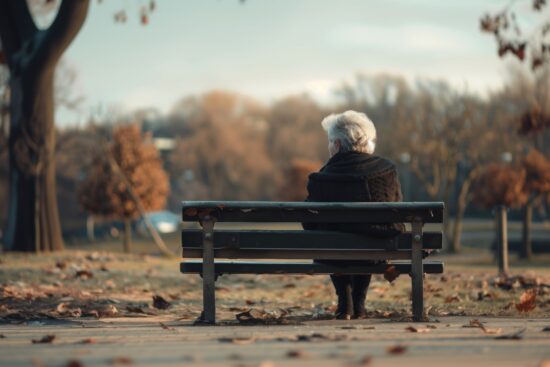Stacy Amoroso, a highly regarded therapist in the mental health field, has witnessed firsthand the damaging effects of social isolation on mental health. As someone deeply engaged in supporting individuals through their mental health challenges, Stacy emphasizes the critical need for communities to address the issue of social isolation proactively. In a world that increasingly leans on digital connections, the gaps in human interaction are growing wider, making it essential for communities to develop initiatives that counteract these effects and support mental wellness.
The Psychological Toll of Social Isolation
Social isolation isn’t merely a feeling of being alone; it’s a state where an individual lacks meaningful connections with others. According to Stacy Amoroso, prolonged social isolation can lead to a range of mental health issues, including depression, anxiety, and even cognitive decline. Studies have shown that people who are socially isolated are more likely to experience chronic stress, which can exacerbate mental health conditions and lead to a decrease in overall well-being.
The psychological toll of social isolation is particularly concerning for vulnerable populations, such as the elderly, who may have fewer opportunities for social interaction. For younger generations, despite the prevalence of social media, genuine human connections can be superficial, leading to feelings of loneliness. Stacy Amoroso notes that social isolation often creates a vicious cycle: the more isolated a person feels, the harder it becomes for them to reach out, which further deepens their sense of loneliness.
Community Initiatives to Combat Social Isolation
Recognizing the detrimental effects of social isolation, communities must take active steps to foster connections and promote mental wellness. Stacy Amoroso advocates for several community-driven initiatives that can help mitigate the impacts of social isolation and strengthen the social fabric.
1. Establishing Community Centers and Gathering Spaces
One of the most effective ways to combat social isolation is by creating physical spaces where people can come together. Community centers, parks, and libraries can serve as hubs for social interaction, offering activities and programs that encourage people to connect. Stacy Amoroso points out that these spaces should be inclusive and accessible to all, catering to the diverse needs of the community.
2. Promoting Volunteerism and Civic Engagement
Volunteering not only benefits those in need but also provides volunteers with a sense of purpose and belonging. Stacy Amoroso emphasizes that communities should promote volunteer opportunities as a way to combat social isolation. By engaging in community service, individuals can form new connections, develop a stronger sense of community, and enhance their mental well-being.
3. Supporting Social Clubs and Interest Groups
Interest-based social clubs can be a lifeline for individuals who struggle with social isolation. Whether it’s a book club, gardening group, or fitness class, these clubs provide a structured way for people to meet others with similar interests. Stacy Amoroso highlights the importance of these groups in creating a sense of belonging and reducing the barriers to social interaction.
4. Leveraging Technology for Social Connection
While technology can sometimes contribute to feelings of isolation, it also offers opportunities for connection, especially for those who are physically unable to participate in in-person activities. Stacy Amoroso suggests that communities can organize virtual events, online support groups, and social media campaigns that encourage positive interaction and reduce the stigma around seeking help for loneliness.
5. Addressing Social Isolation in Vulnerable Populations
Special attention must be given to those who are most at risk of social isolation, such as the elderly, people with disabilities, and those with mental health conditions. Stacy Amoroso recommends that communities develop targeted outreach programs, such as regular check-ins, home visits, and accessible transportation options, to ensure these individuals are not left behind.
The Role of Community Leaders and Mental Health Professionals
Community leaders and mental health professionals like Stacy Amoroso play a crucial role in addressing social isolation. By raising awareness about the issue and advocating for inclusive, community-driven solutions, they can help create environments where everyone feels connected and supported. Stacy Amoroso also encourages mental health professionals to collaborate with community organizations to provide education and resources that empower individuals to take proactive steps toward improving their social connections.
Building a Connected and Resilient Community
Stacy Amoroso’s work in the mental health field underscores the importance of addressing social isolation as a key component of community well-being. By implementing initiatives that foster connection, support vulnerable populations, and leverage technology, communities can mitigate the effects of social isolation and promote mental wellness. In doing so, they not only improve the quality of life for individuals but also build a more connected and resilient community.
